
El Raval district (El Raval) is a popular area (subdistrict) that is part of The Old City of Barcelona and being its western outskirts.
The El Raval subdistrict of Barcelona extends from La Rambla Street (in the east), where it is adjacent to The Gothic Quarter, also part of the Old City of Barcelona, to the El Poble sec subdistrict of the Sants Montjuic district (in the west); and from Plaza Catalunya + Pelayo streets (in the north) to the Mediterranean coast - the port of Barcelona (in the south).
El Raval is characterized by narrow streets and small squares lined with historical and modern buildings, among which churches and former monasteries, museums and theaters, the Gaudi Palace, as well as the Boqueria market, an observation deck in the monument to Columbus, shops, cafes, bars, restaurants and accommodation facilities (hotels, apartments) stand out






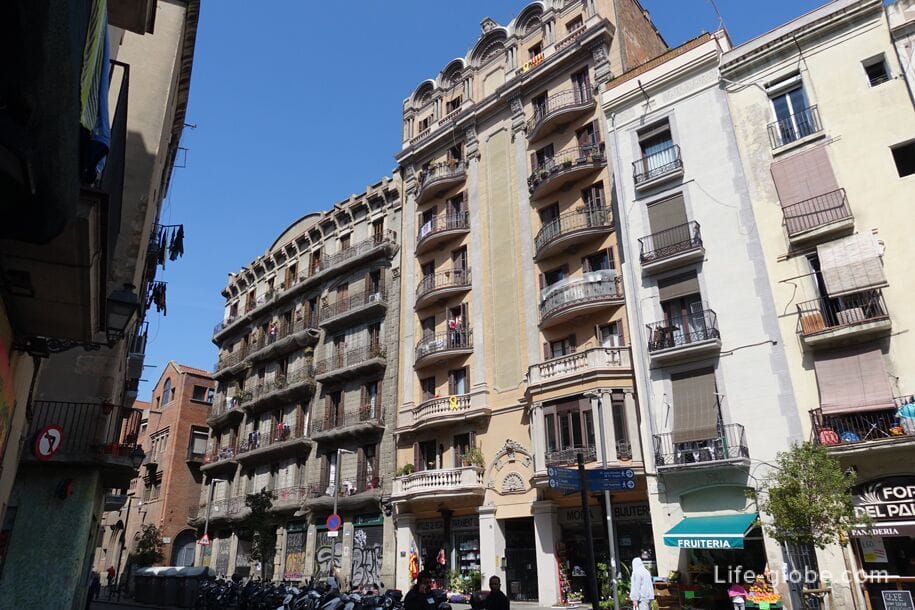
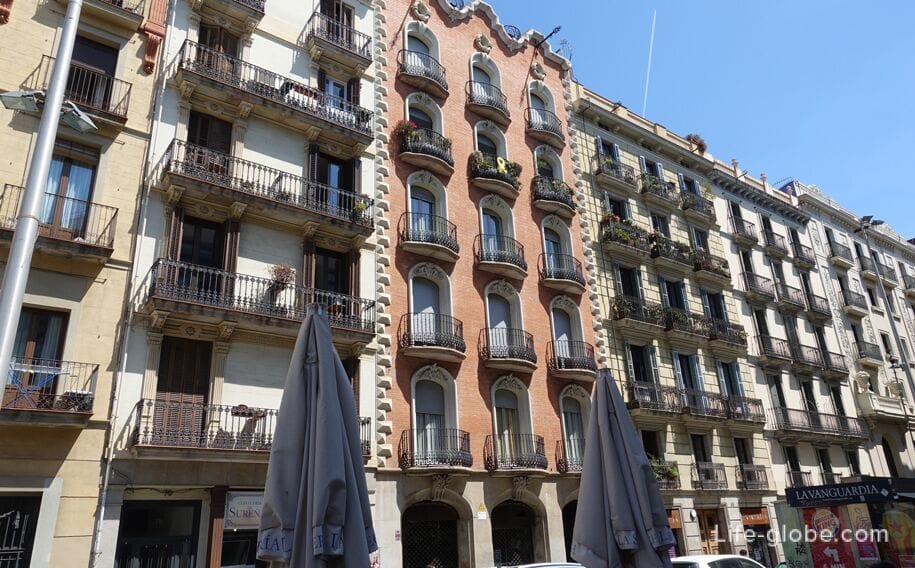


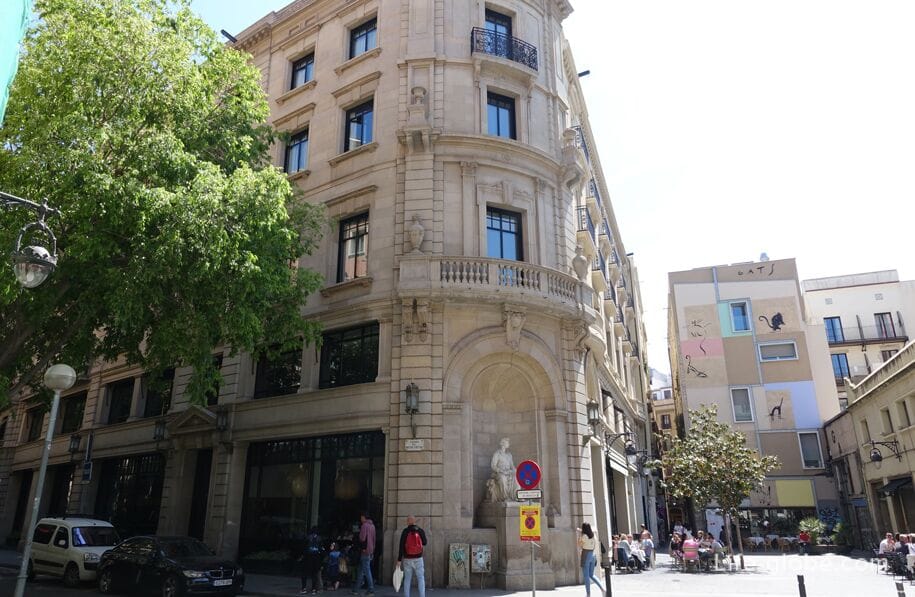
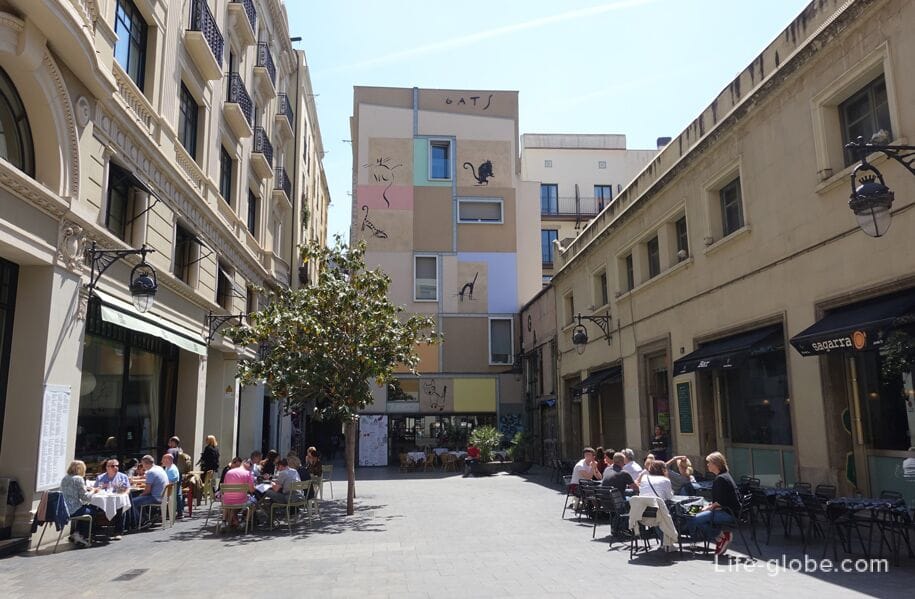

In the old port of Barcelona (Port Vell / Port Vell), the building of the Large Market (Mercat Port Antic) and the impressive monumental structure of the former customs of the port, where the tax service (Agencia Tributaria) is located today, are noteworthy.
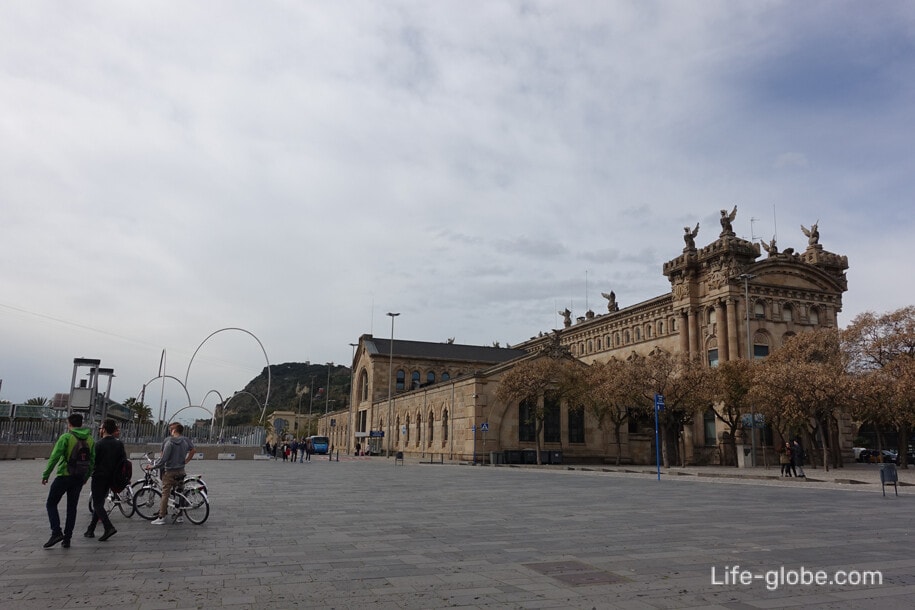
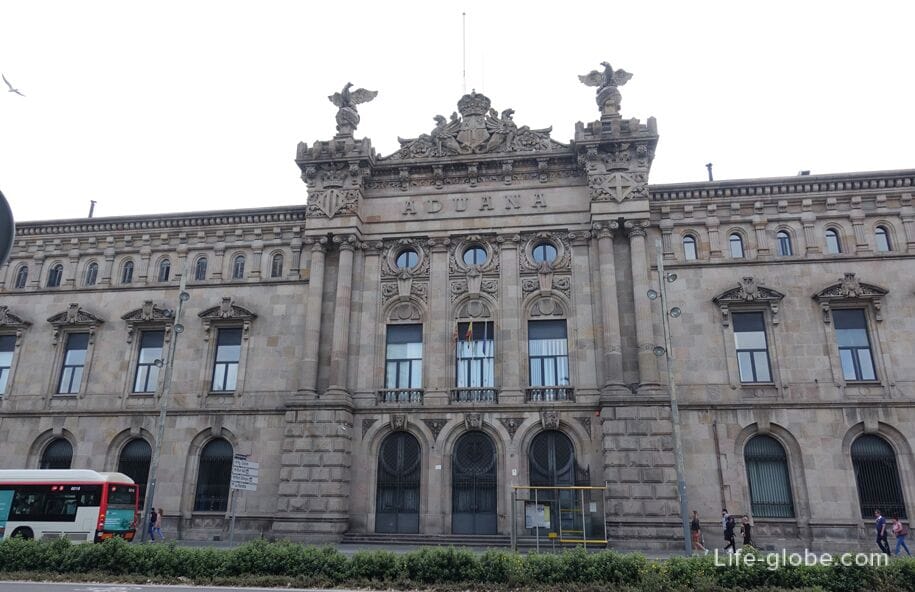
The area of the Portal de la Pau (Placa Portal de la Pau), from which the famous walking street La Rambla originates.
The undoubted decoration of the square is the monument to the navigator and discoverer - Christopher Columbus (Monument a Colom). Inside the column there is an elevator on which you can climb to the observation deck, which offers views of the embankment and part of the city.

The former monastery of St. Monica, which now houses the arts center (Arts Santa Monica).
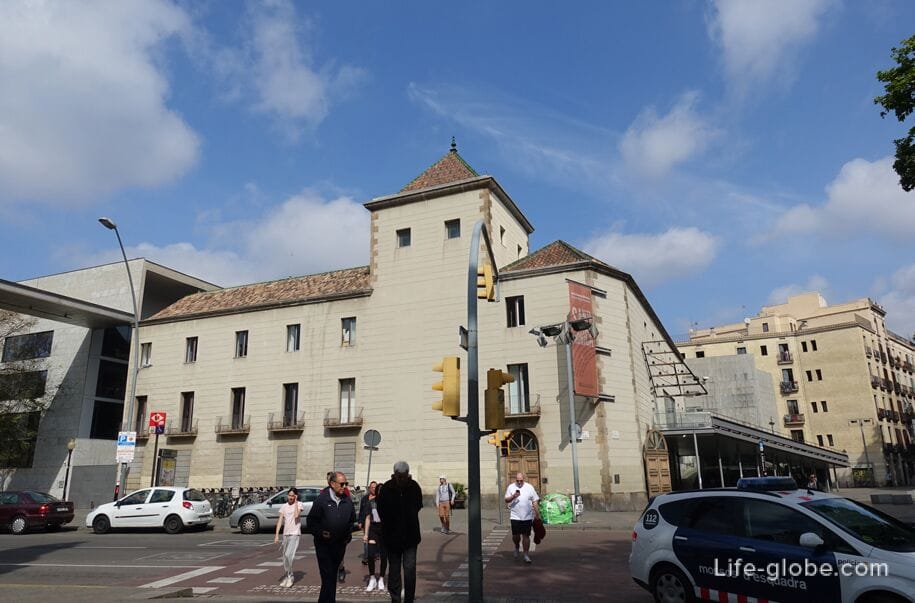
The former old city wall with the medieval Portal de Santa Madrona gate (Portal de Santa Madrona), which are part of the Maritime Museum of Barcelona (Maritime Museum of Barcelona).
The Maritime Museum is located in the Gothic building of the Royal Shipyards of Drassanas, an architectural monument of the 14th century.
The museum tells about the history of navigation of the Spanish fleet from the time of the Catholic monarchs to the present day. The museum presents galley figures, navigation instruments, weapons, documentary evidence of the discovery of America, models of caravels and galleys, an atlas of 1493, etc.
The museum's website: mmb.cat .


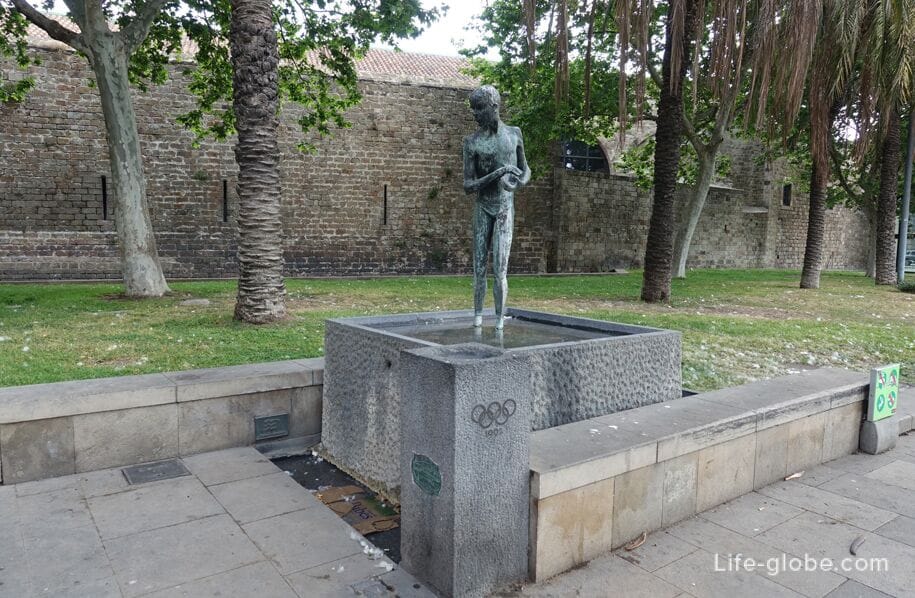
One of the most visited places in the El Raval subdistrict is the Palace of Guell (Palau Güell) - a former residential building in Barcelona, which was one of the first works of the Spanish architect Antonio Gaudi.
The palace was built in 1886-1890 as a mansion for the Catalan industrialist Eusebi Guell.
The interior spaces of the house are concentrated around the main hall, which once served for receiving guests from high society and holding concerts.
Today in the palace you can visit the rooms located on several floors, as well as the basement and roof. More about the Guell Palace...
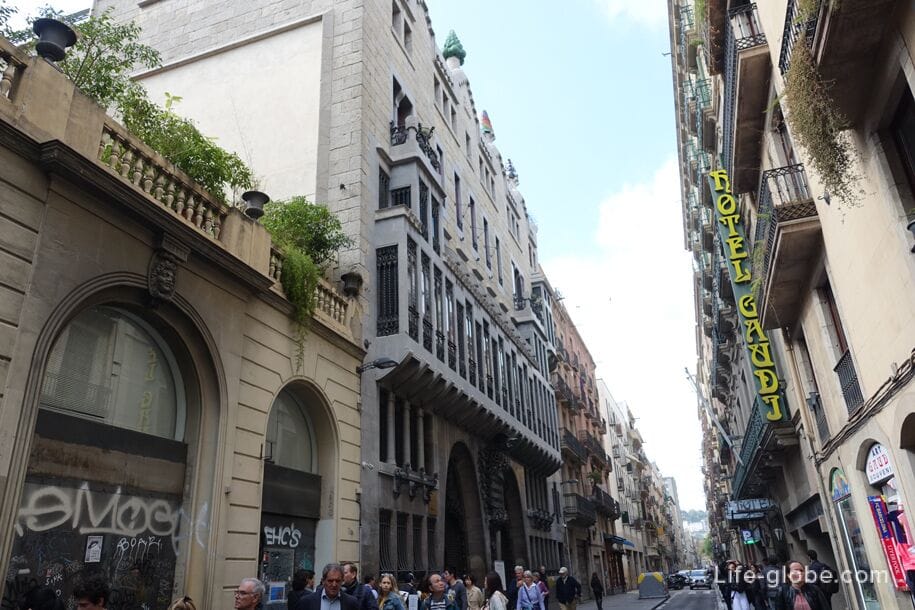
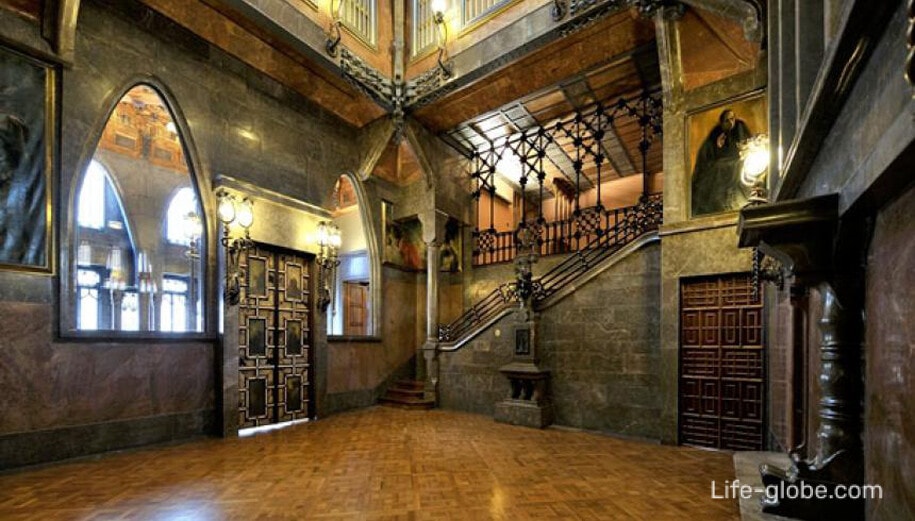

The Monastery of Sant Pau del Camp (Antic monestir de Sant Pau del Camp) is a former Benedictine monastery, which is one of the oldest churches, as well as a masterpiece of preserved Romanesque architecture in Barcelona.
Translated, the name of the monastery "Antic monestir de Sant Pau del Camp" means "Saint Paul in the countryside" or "in the fields".
Today, the church and the remains of the monastery can be visited. More about the monastery of Sant Pau del Camp...
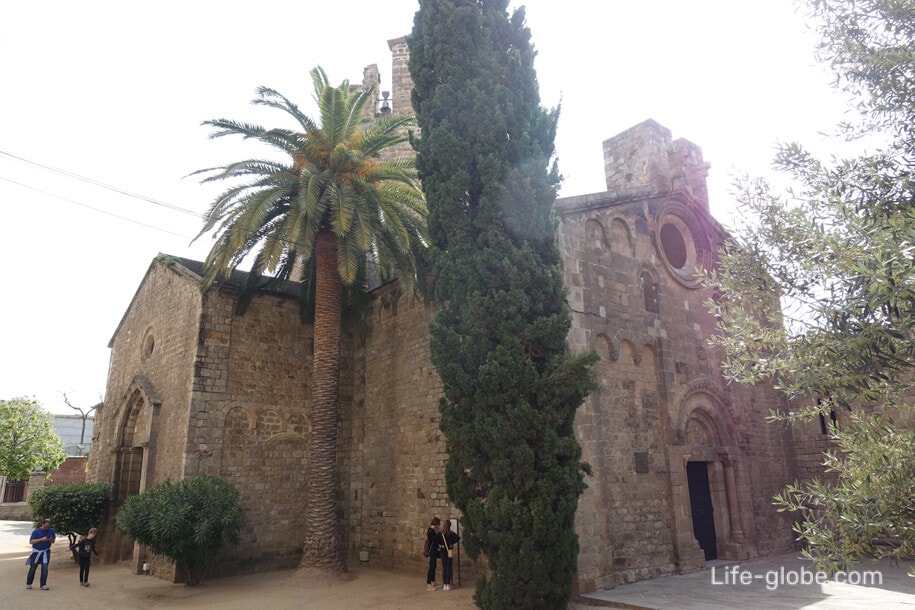
On Rambla del Raval Street there is a "Raval Cat" (Gato del Raval, El Gat de Botero / Gat Botero) - a bronze sculpture of a huge cat, by the sculptor Fernando Botero.
It is this sculpture that is one of the recognizable symbols of the El Rawal district.

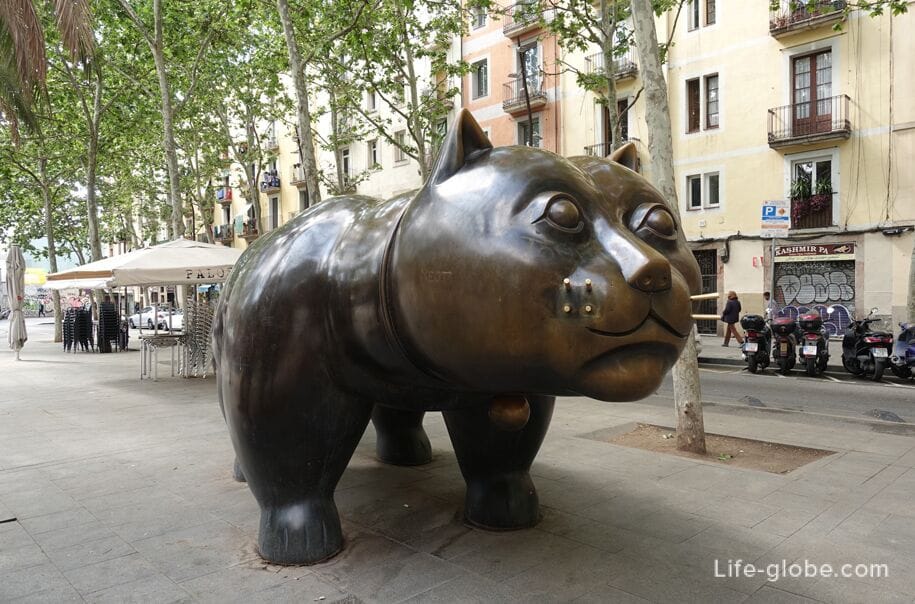

The Rambla del Raval itself is made in the form of a boulevard with palm trees and cafes.

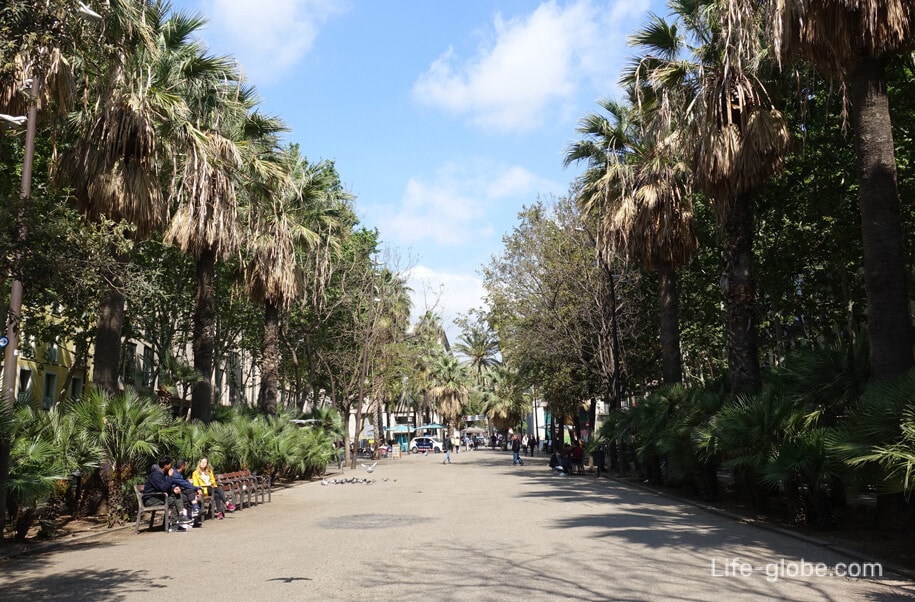
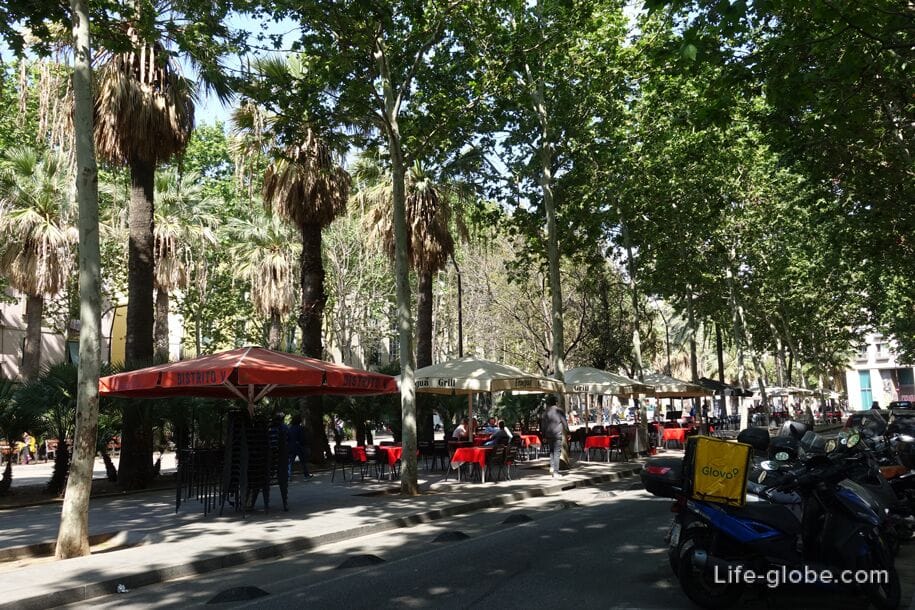
Near the street there is a 4-star Hotel Barcelo Raval, on the roof of which there is a terrace with a swimming pool and 360-degree panoramic views of the surrounding area. Link to the hotel
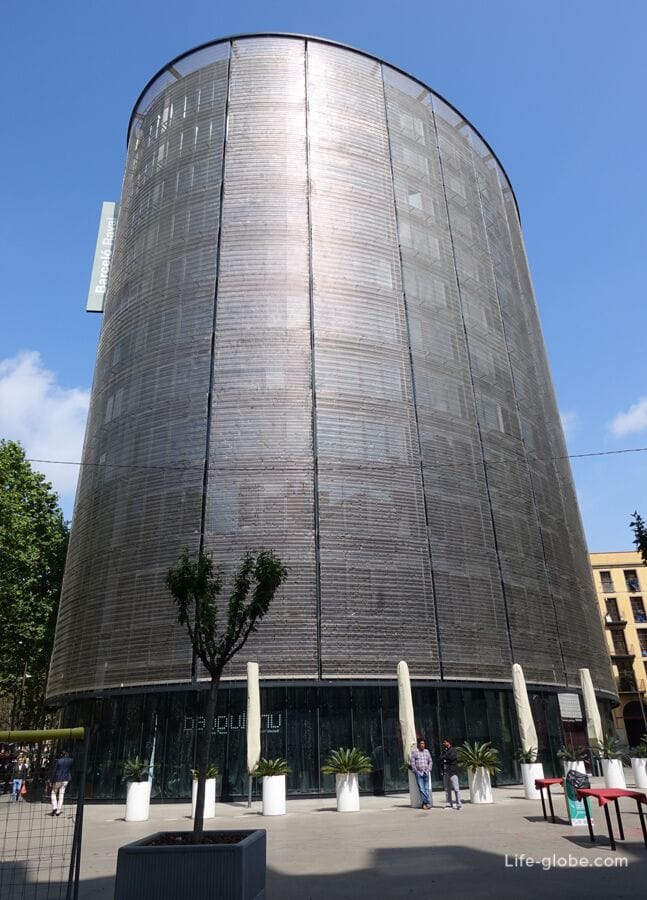

The former Hospital of the Holy Cross (Hospital de la Santa Creu / l'Hospital de la Santa Creu), which is a historic complex of buildings with a courtyard with a garden, which now houses a public library, theater and artists' space in the former chapel of the hospital. More about the old hospital...

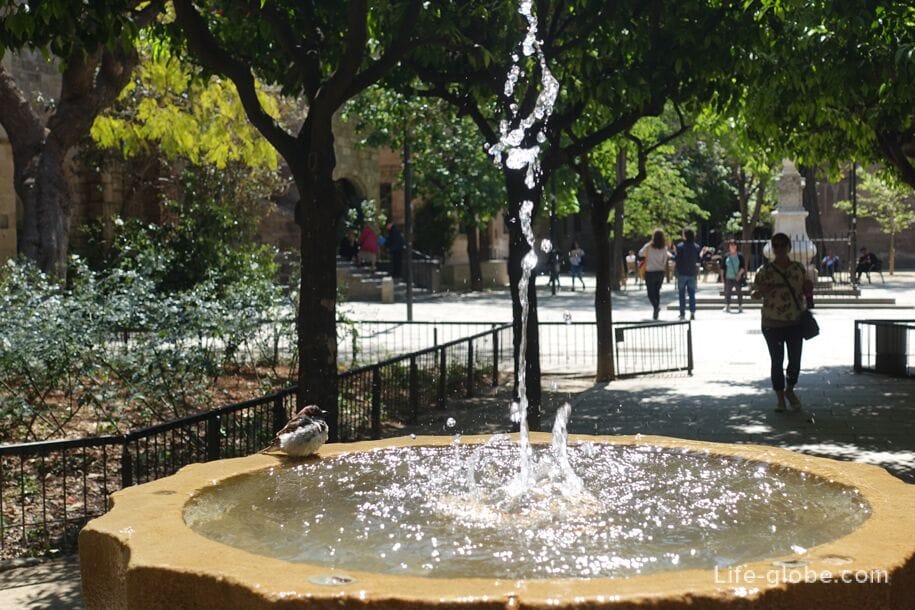
Boqueria Market or San Josep (Mercat de la Boqueria) is the most famous market in Barcelona. The market has an area of more than 2,500 m2 and is completely made of glass and steel.
Currently, Boqueria is a gastronomic paradise! Everything is not there, ranging from the most famous vegetables and fresh cape, to overseas delicacies and southern fruits, from freshly baked bread and chocolate, to oysters, which will be opened right here and served to you with a slice of lemon. Learn more about the Boqueria Market in Barcelona...


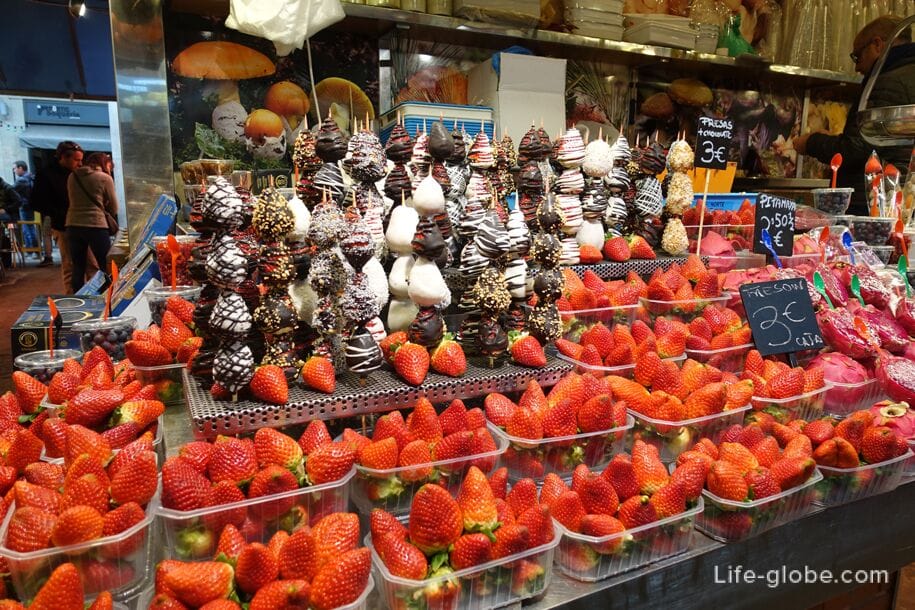
The Center of Culture and art of the Raval district are: the Center of Contemporary Culture of Barcelona (Centre de Cultura Contemporania de Barcelona) and The Museum of Contemporary Art (Barcelona Museum of Contemporary Art), including the former monastery of the 16th century Convent dels Angels.

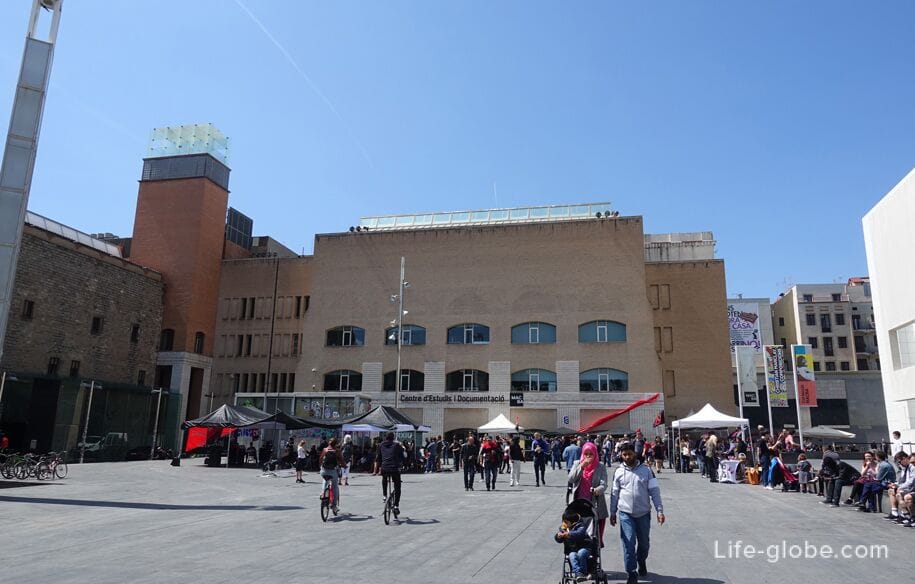
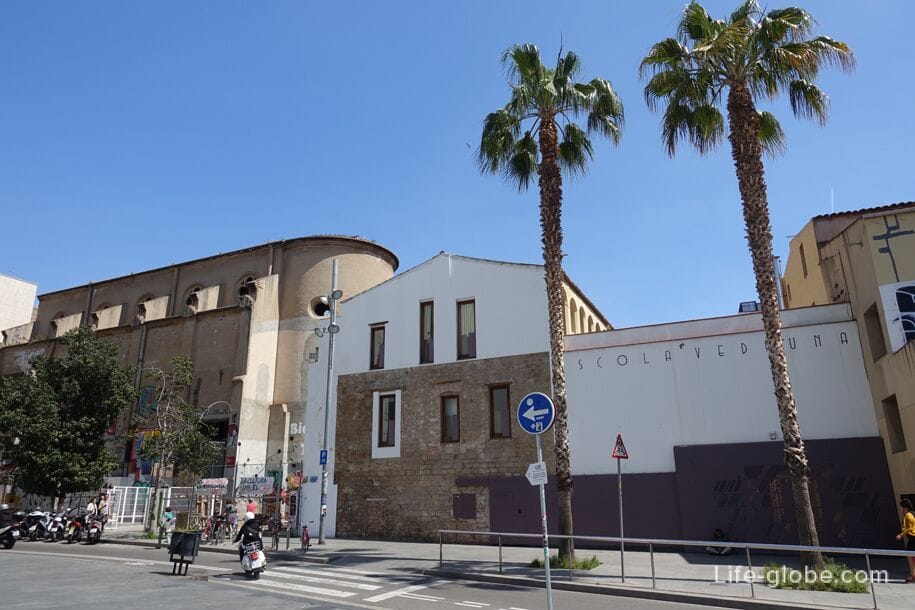
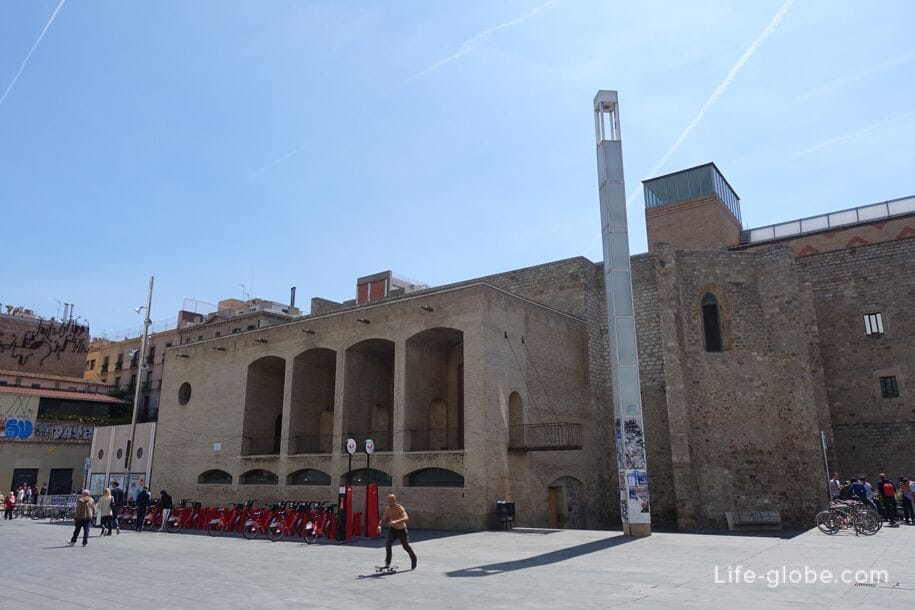
In addition to those listed, other churches, as well as theaters and cultural centers are notable in the El Raval area.
For example,St. Augustine's Church of the 18th century (Parroquia de Sant Agustí), St. Mary's Church with the adjacent monastery (Esglesia de Santa Maria de Montalegre), the parish of Sant Pere of Nolasc Mercedes (Parroquia de Sant Pere Nolasc Mercedaris), the Grand teatre del Liceu (Gran Teatre del Liceu), theatre Raval (Teatre del Raval), Teatro Romea (Teatre Romea), etc.
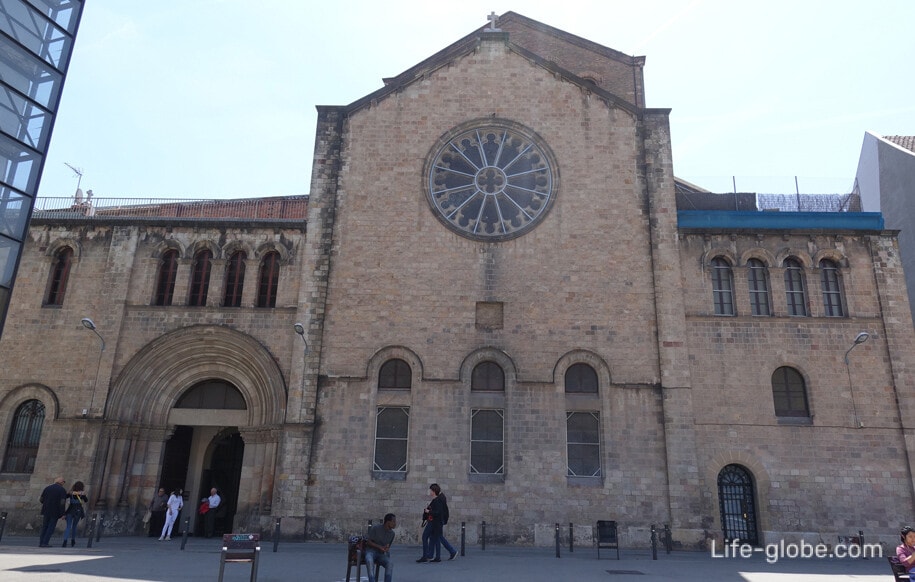
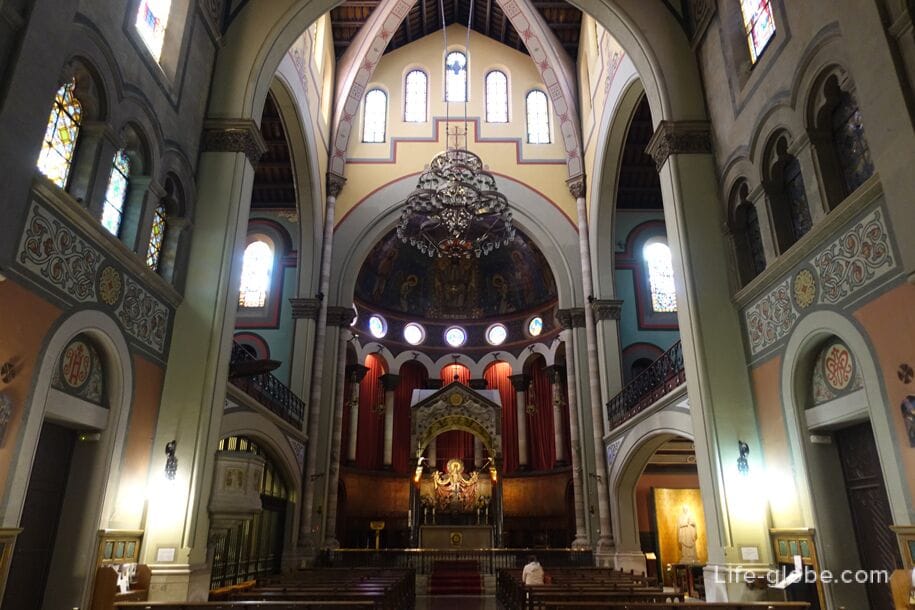
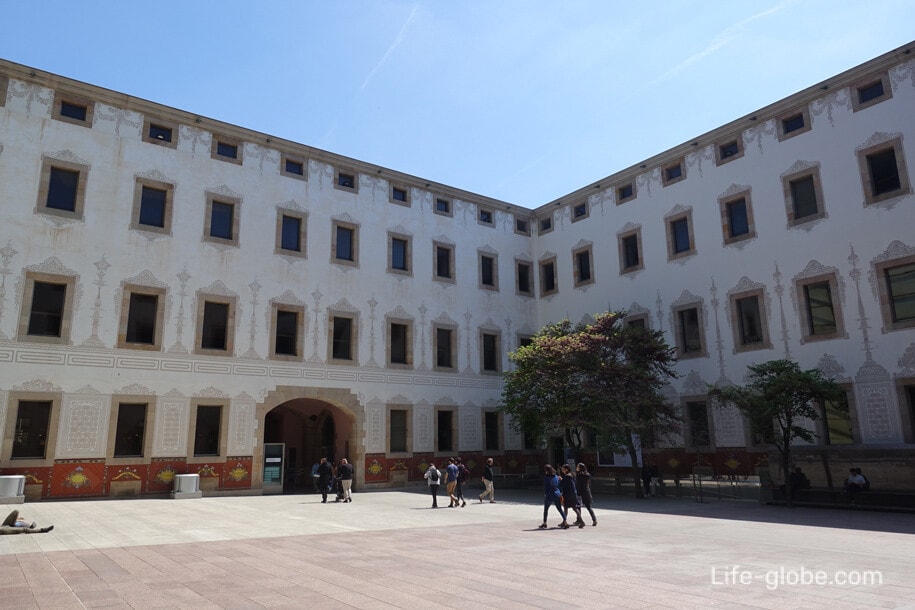
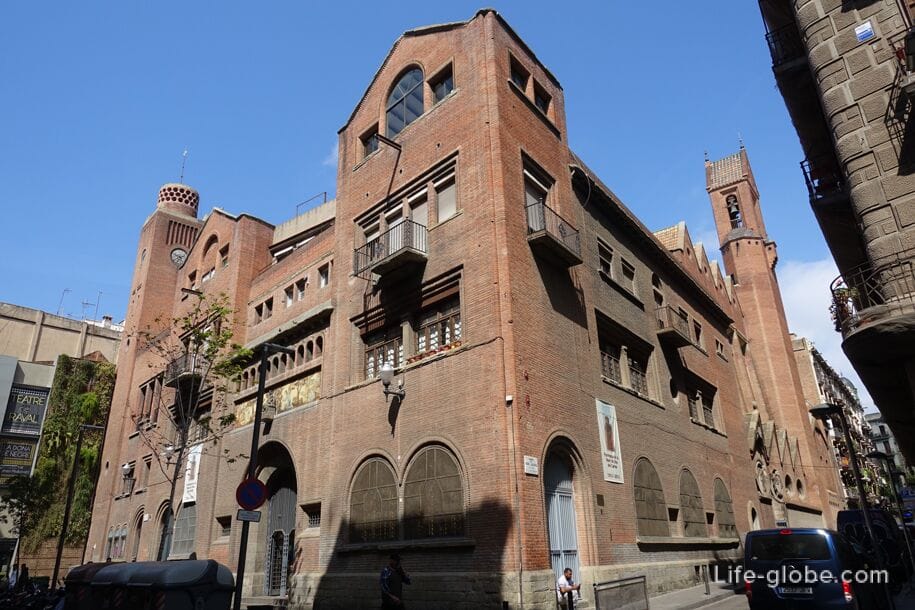
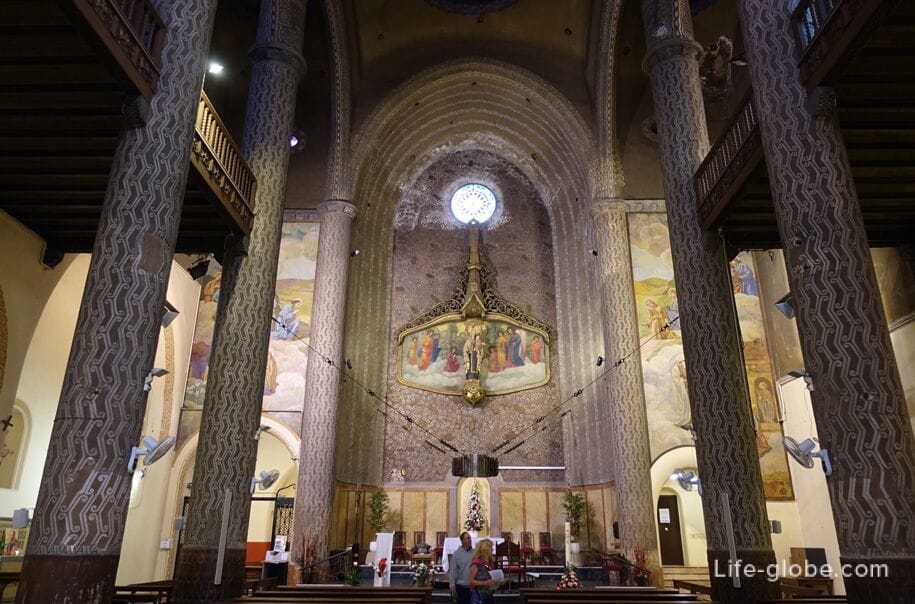
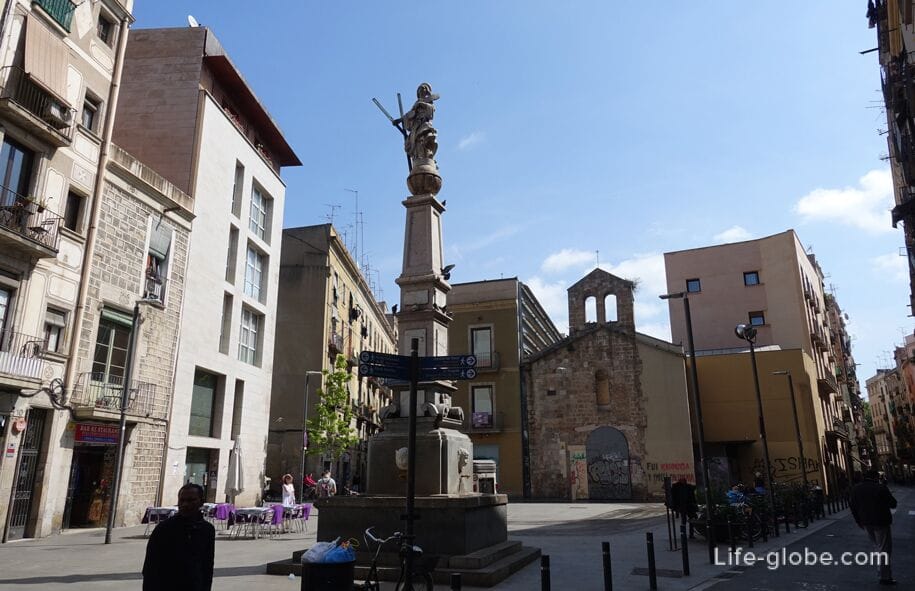
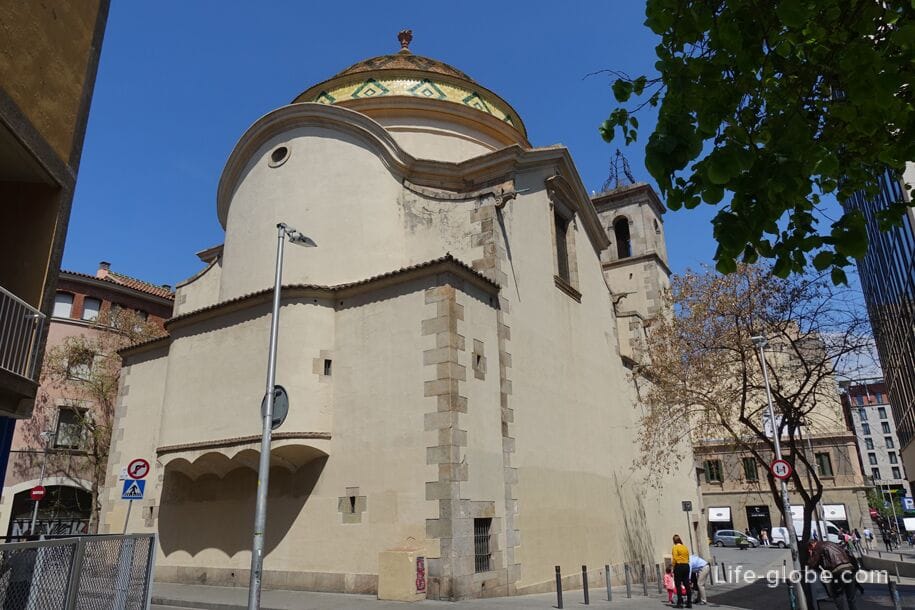
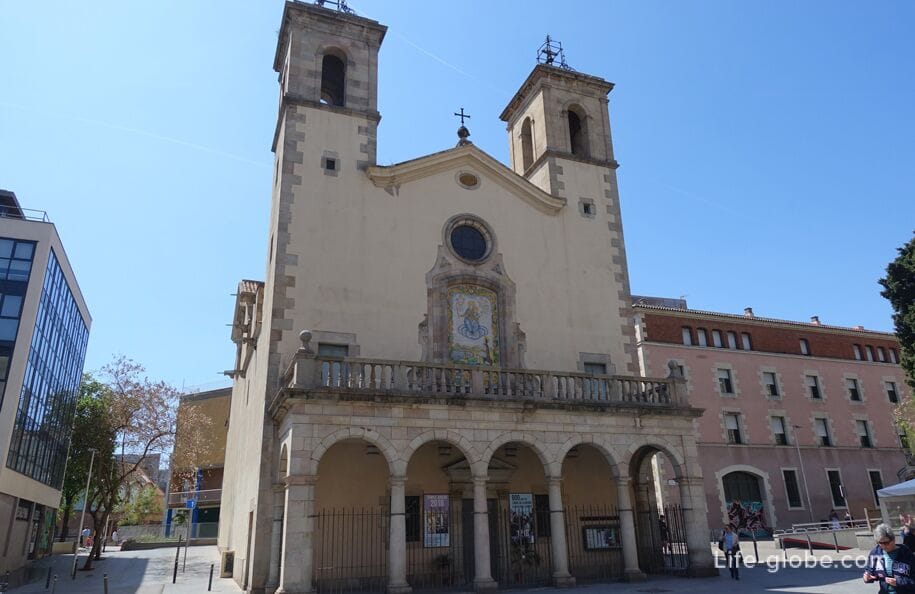
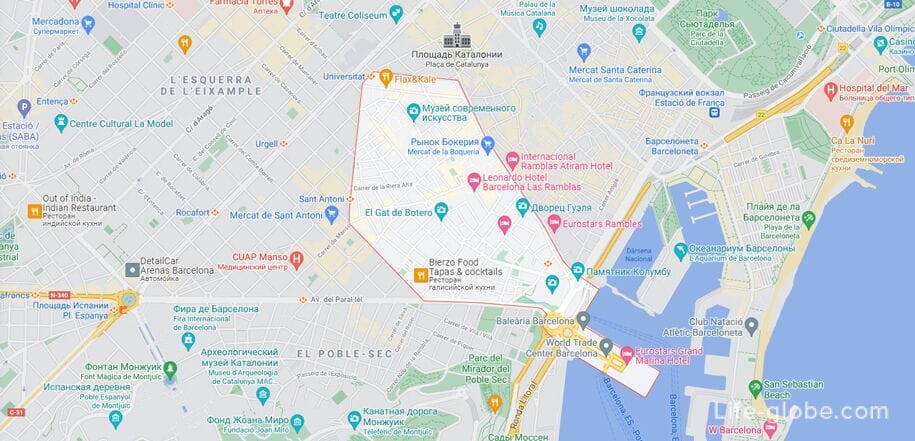
All accommodation facilities in Barcelona, including in the El Raval area and in the Old Town of Barcelona, in the city center and near the beaches, as well as more remotely from those, can be viewed and booked here